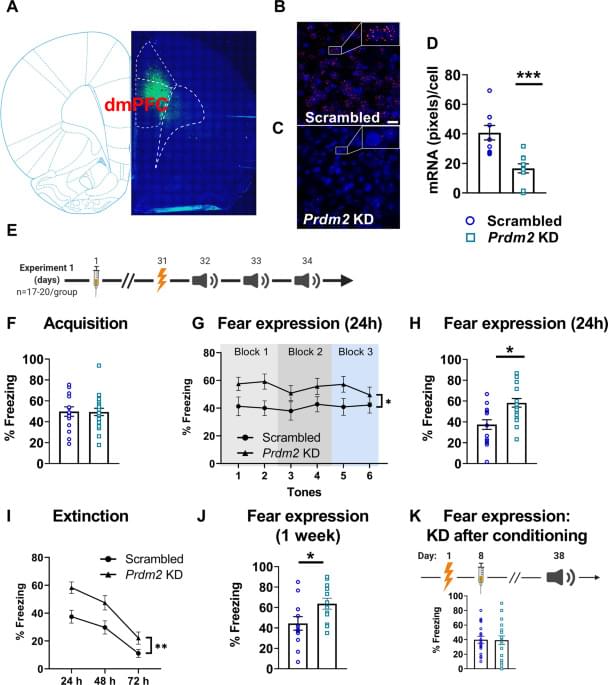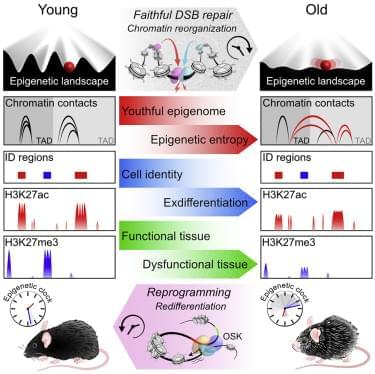Excessive fear is a hallmark of anxiety disorders, a major cause of disease burden worldwide. Substantial evidence supports a role of prefrontal cortex-amygdala circuits in the regulation of fear and anxiety, but the molecular mechanisms that regulate their activity remain poorly understood. Here, we show that downregulation of the histone methyltransferase PRDM2 in the dorsomedial prefrontal cortex enhances fear expression by modulating fear memory consolidation. We further show that Prdm2 knock-down (KD) in neurons that project from the dorsomedial prefrontal cortex to the basolateral amygdala (dmPFC-BLA) promotes increased fear expression. Prdm2 KD in the dmPFC-BLA circuit also resulted in increased expression of genes involved in synaptogenesis, suggesting that Prdm2 KD modulates consolidation of conditioned fear by modifying synaptic strength at dmPFC-BLA projection targets.








